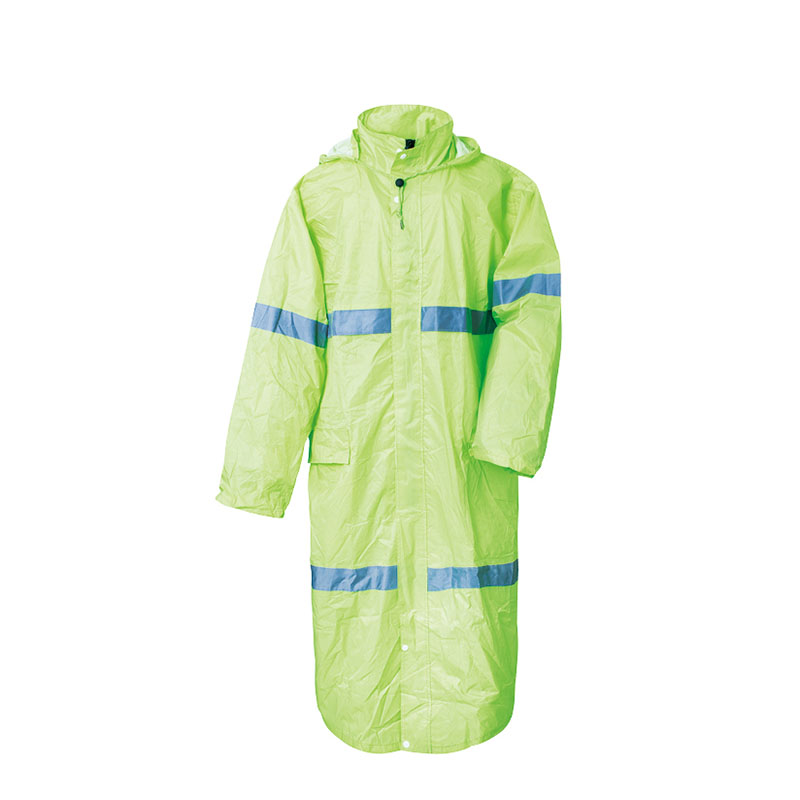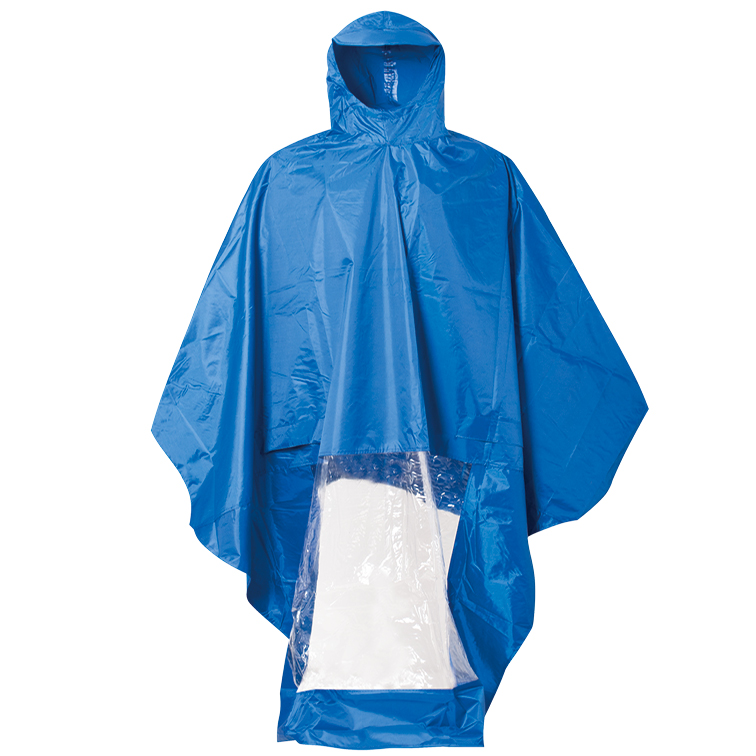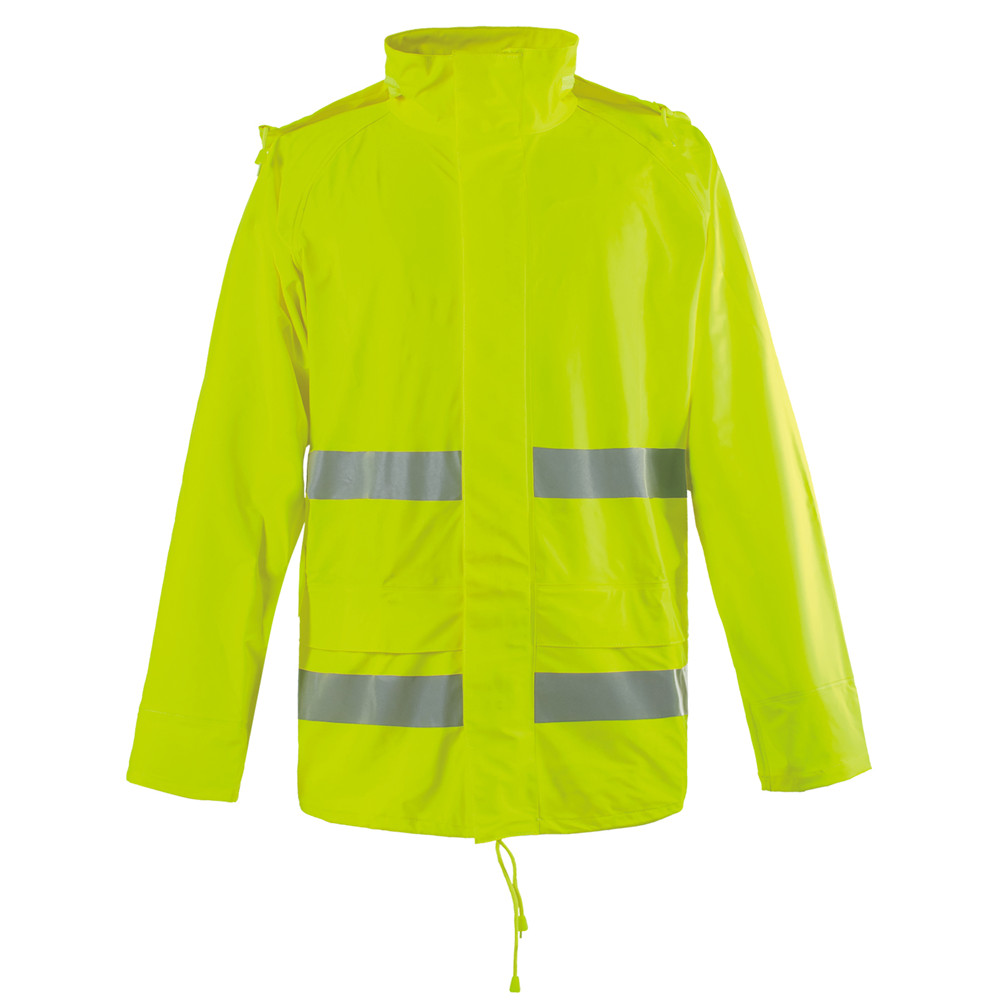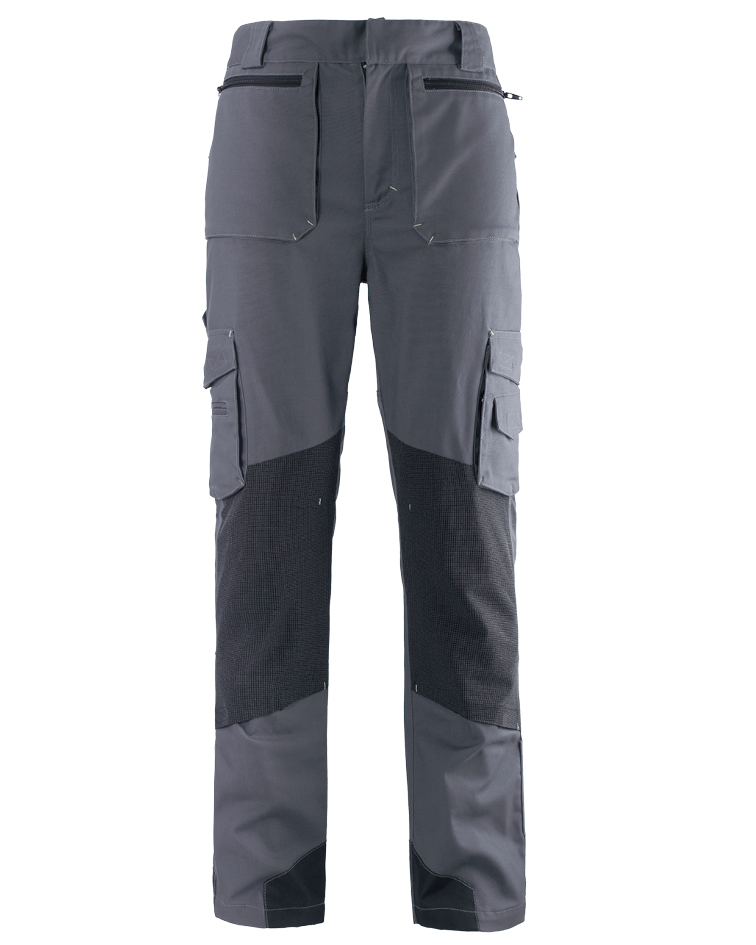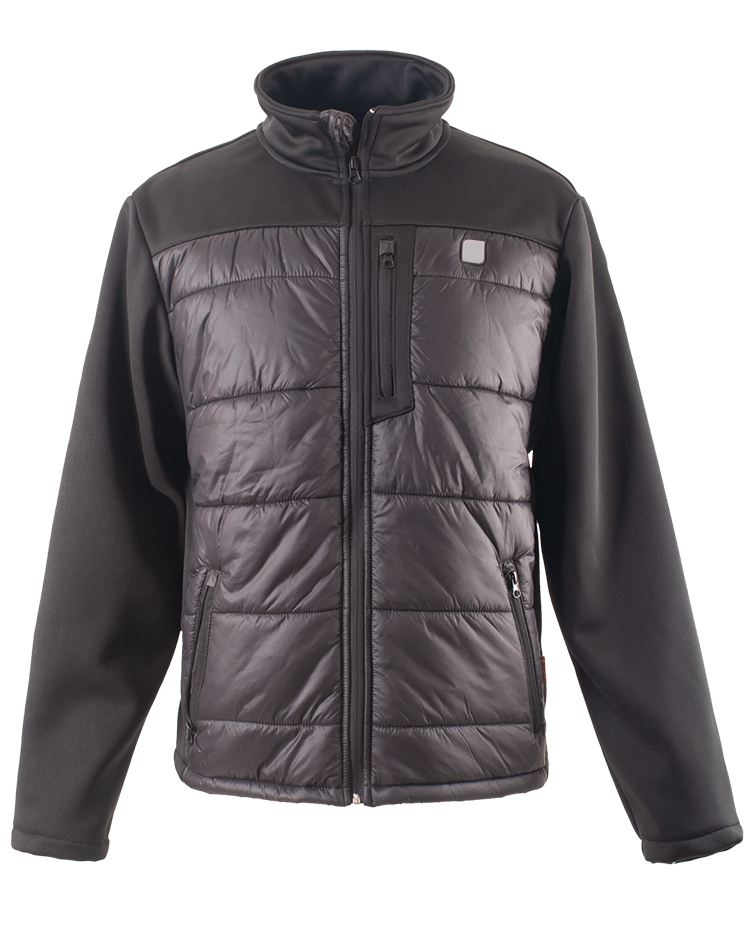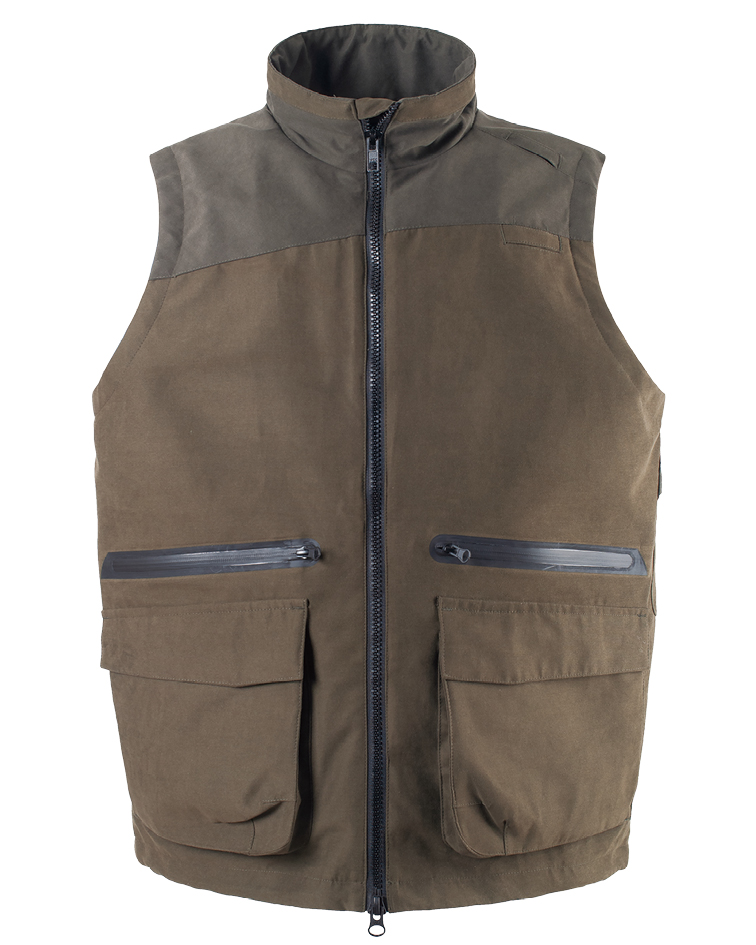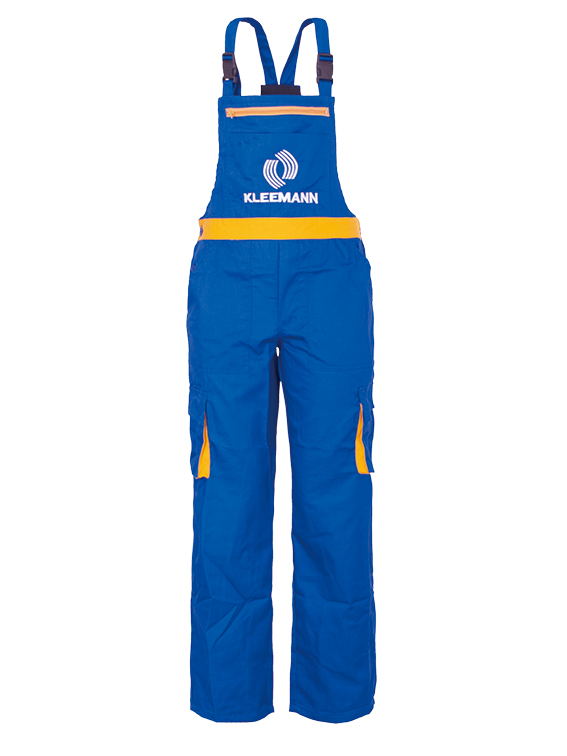Dear customers and friends:
Field Notes on the BODY WARMER QUILTED: what buyers actually care about
If you’ve spent a winter on a warehouse floor or chased deliveries at dawn, you already know why quilted vests keep trending. Lightweight, core warmth, no arm drag. And this model — the BODY WARMER QUILTED from a Shijiazhuang-based maker — has quietly become a steady pick for uniform programs and private labels. To be honest, it’s the simplicity that sells.
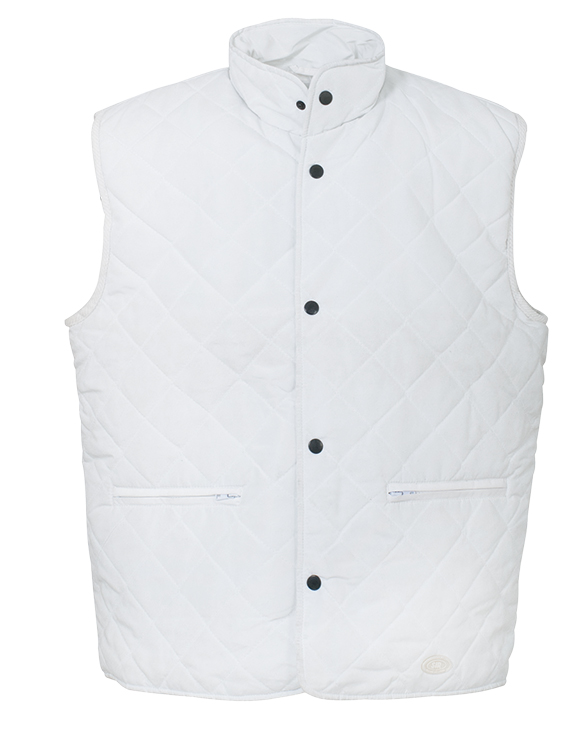
Quick specs (buyer-facing)
| Shell fabric | DM343 polyester peach, ≈ 110–130 g/m² |
| Lining | 190T polyester taffeta |
| Padding | 100% polyester, ≈ 120–200 g/m² (customizable) |
| Closure & pockets | Front zipper; 2–3 outer pockets; 1 inner (optional) |
| Warmth (ISO 11092) | Rct ≈ 0.16–0.20 m²·K/W (≈ 1.0–1.3 clo), real-world use may vary |
| Sizes & colors | XS–5XL; solid corporate colors; hi-vis trims optional |
| Care / life | Machine wash 40°C; 30–50 cycles service life under normal use |
What’s happening in the category
Two trends: corporate layering (retail, logistics, facilities) and fleet standardization. Buyers want one SKU to cover shoulder seasons, plus a cleaner silhouette under shell jackets. The BODY WARMER QUILTED plays nicely here: peach-finish handfeel, quiet fabric, and quilting that doesn’t balloon under a hard shell.
How it’s built (process flow)
- Materials: DM343 peach polyester shell, 190T lining, 100% polyester batting (needle-punched microfiber).
- Methods: roll inspection → fabric relaxing → automated panel cutting → box or diamond quilting (4–5 cm pitch) → YKK/SBS zipper option → bartack at stress points → final trim.
- Testing: ISO 11092 thermal; ASTM D5034 grab strength; ASTM D1424 tear; AATCC 61 colorfastness; AATCC 135 dimensional stability; optional spray test AATCC 22 if DWR applied.
- Service life: typically 2–4 winters in light-duty work; heavy-duty warehouse use may shorten.
- Industries: logistics, retail floor, maintenance crews, field sales, event staff, ride-hail & delivery, travel/outdoor merchants.
Real-world test notes
A recent lot I handled showed Martindale abrasion >20,000 rubs (ASTM D4966) and tear strength ≈ 12–16 N (ASTM D1424) on the shell — robust for a vest at this price tier. Thermal plate readouts sat near 0.18 m²·K/W with 160 g/m² fill. Many customers say the collar height is “just right” under headsets, which sounds trivial until someone complains.
Use cases (why teams pick it)
- Layering under rain shells without bulk.
- Uniform programs needing embroidery or heat-transfer logos.
- Drivers who hop in/out of vehicles — warmth without overheating.
- Event staff who want pockets and a clean front panel for badges.
Vendor snapshot and comparison
Manufactured in Shijiazhuang, China (14/F., Yisheng Building, No.68 West Heping Road). Lead times are sensible, and MOQs don’t scare mid-size programs.
| Vendor | MOQ | Lead time | Certs | Customization | Target price |
|---|---|---|---|---|---|
| Dellee (BODY WARMER QUILTED) | ≈ 300–600 pcs | 30–45 days | OEKO-TEX materials on request; third‑party lab tests | Fill GSM, quilting, zippers, colors, branding | Aggressive, volume-friendly |
| Generic importer | 500–1,000 pcs | 45–60 days | Basic only | Limited trims | Low, variable QA |
| Premium EU brand | 200–300 pcs | 60–90 days | Full suite; audited | Broad, pricier | High |
Customization tips
Go 160–180 g/m² padding for all-season programs; 200 g/m² if your crews work near docks. Add reflective piping for night shifts. Logos: embroidery for durability; heat-transfer for large, flat branding. Zippers: SBS balances cost and smoothness; YKK if you’re picky (I am).
Mini case notes
- Nordic distributor switched to BODY WARMER QUILTED with 180 g/m² fill; returns dropped ≈ 12% due to better size grading.
- Grocery chain added inner pocket and barcodes inside hem; inventory team says “surprisingly handy.”
Certifications and standards
Typical compliance targets include EN ISO 13688 (general requirements) and ISO 11092 for thermal tests; OEKO-TEX Standard 100 materials available on request. Ask for batch test reports before P/O — a boring step that saves headaches.
- ISO 11092: Textiles — Physiological effects — Measurement of thermal and water-vapour resistance.
- EN ISO 13688: Protective clothing — General requirements.
- ASTM D5034: Standard Test Method for Breaking Strength and Elongation of Textile Fabrics (Grab Test).
- OEKO-TEX Standard 100: Product class certification for harmful substances.
Post time: Oct . 26, 2025 17:30

